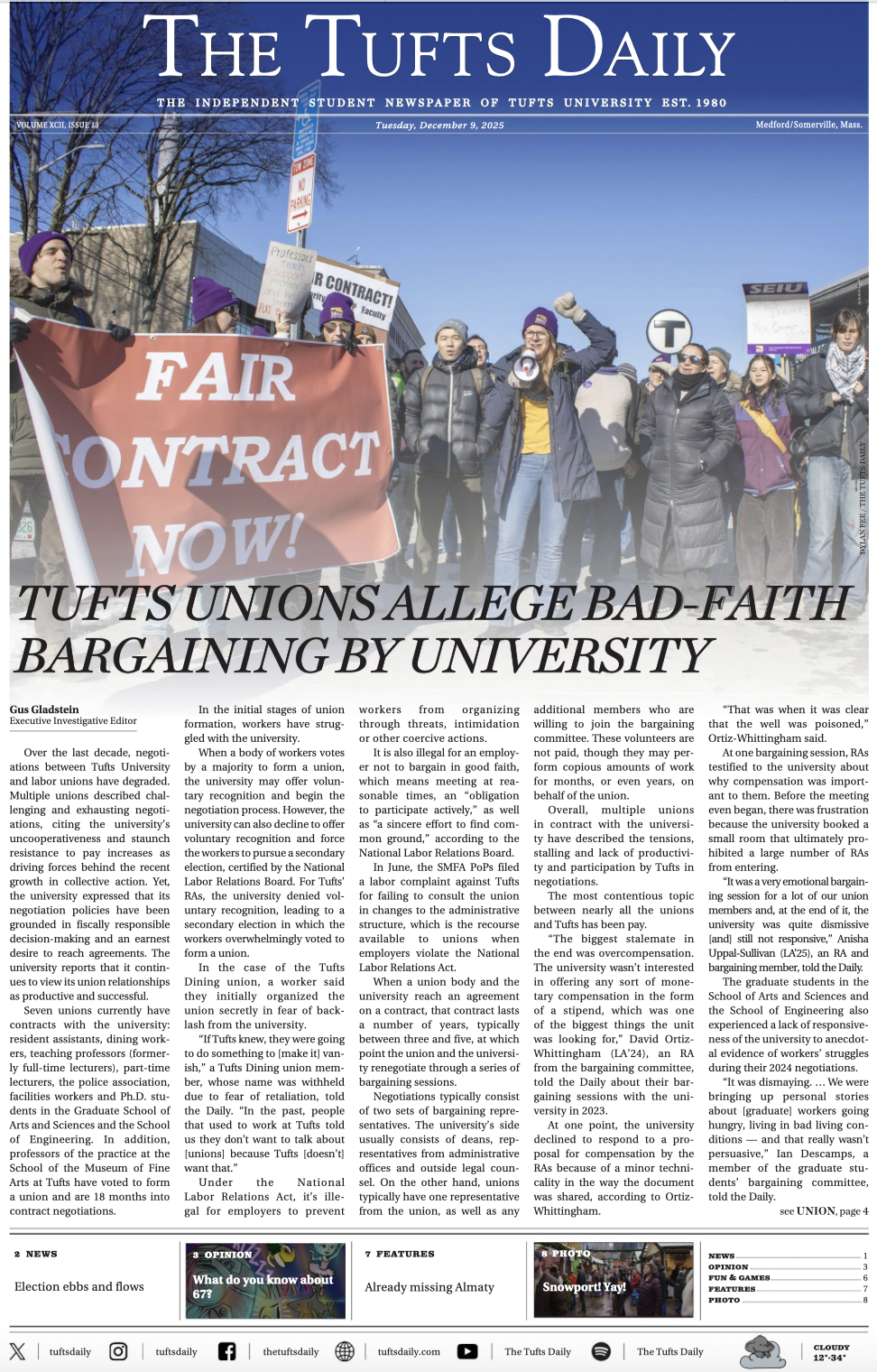Sometimes a playwright achieves such prominence that his talent comes to mean less than his reputation. After seeing "Five by Tenn" at the SpeakEasy Stage Company, however, no one could ever suspect Tennessee Williams of such aggrandizement. In this series of five short plays his genius is so wildly apparent, and yet so subtly rendered, that the entire production is an extraordinary success.
Williams is known for his longer works such as Pulitzer Prize winners "Cat on a Hot Tin Roof" (1958) and "A Streetcar Named Desire" (1947). Nonetheless, the one-act plays featured in "Five by Tenn" (so named because the production presents five one-acts by Tennessee Williams) manage to fully explore a range of themes in a just a few short scenes.
With the last few years, thirteen previously unknown short plays and a collection of letters by Tennessee Williams were discovered. Their recovery gives audiences a rare opportunity to see a "premiere" by such an iconic playwright.
Scott Edmiston directs the production, and his selection from the thirteen newly discovered plays demonstrates his excellent taste. The one-acts are connected by loose themes that give the production shape and cohesion. The connections are tantalizingly amorphous and speak to Williams' ability to speak to universal human frailty no matter what the medium.
Each play is the product of a different decade in Williams' creative oeuvre, and the characters and conflicts of the plays often find themselves adapted in other works by Williams. The show opens with "These Are Stairs You've Got to Watch," which depicts the dark happenings at a local movie theatre. William Young, as Mr. Kroger, makes his first appearance in this play. He is truly exceptional; he has a natural manner that is both absorbing and wholly convincing.
"Summer At The Lake," which echoes 1946's "The Glass Menagerie," depicts a difficult mother-son relationship that is both darkly humorous and disturbing. Eric Rubbe, the usher in the first play, transitions seamlessly from "Stairs" to "Summer."
"Vieux Carr?©" is actually the second act of a full-length play from 1977. Rubbe plays a prominent role once again, this time as the young writer who is seduced by an older man. Rubbe's performance is a little too earnest and doesn't truly do the scene justice. Then, in a moment of soliloquy, he drops his cloying intensity in lieu of a more mature sincerity that is wonderful to watch.
The reason the fourth play was not produced during Williams' lifetime is fairly clear. "And Tell Sad Stories of the Death of Queens" was probably written around 1957, at a time in which its treatment of homosexuality would not be well-received. The scene, both erotic and violent, is probably one of the first depictions of domestic violence outside of a "traditional" relationship.
Allyn Burrows plays drag-queen Candy Delaney and shows an exceptional range of dramatic ability in the role. As a man, he is strong, funny and at ease on stage. In his fluid transition to Candy Delaney, he demonstrates a perfect balance of femininity and masculinity.
William Young returns in the last two plays and finally has the opportunity to stretch his dramatic muscles. He is completely at home on the SpeakEasy stage and takes the script to new heights. Aside from a final soliloquy that drags a bit, his performance is the highlight of the production.
Karen Perlow's lighting supplemented the intensity of the production. Subtle and restrained, the choreography of lights masterfully directs one's attention. From the quiet glow of flashlights in "Stairs" to the candlelit scene "Vieux Carr?©," the lighting is surprising and satisfying. It compliments an overall staging unity in which each new play originates in a new area of the stage. One scene flows easily into the next, accentuating the overall connectivity of the plays while allowing distinction between each scene. Perlow's work can be found all over the Boston theatre scene from MIT, where she teaches and directs, to recent productions such as "Urinetown: the Musical" at the Lyric Stage Company and "Frozen" at the New Repertory Theater.
Disappointingly, the sound system and musical selections stand in contrast to Perlow's discerning lighting. Many of the shows' tense moments were deflated with drab music made even worse by weak speakers.
Tennessee Williams holds a well-deserved spot in today's dramatic canon. The difficulty of the subject matter he explores requires an expert cast, director and staff, and the SpeakEasy Stage Company truly accomplishes something great with "Five by Tenn." The scenes cohesively present a triumph of dazzling range and emotional depth. Quietly brilliant, darkly funny and unquestionably moving, "Five by Tenn" is something to get excited about.





